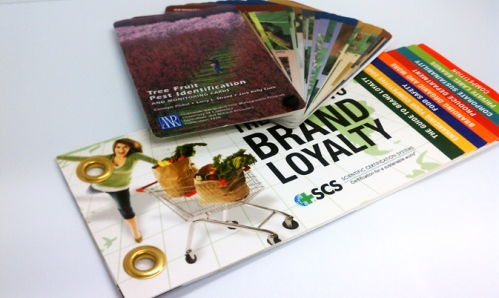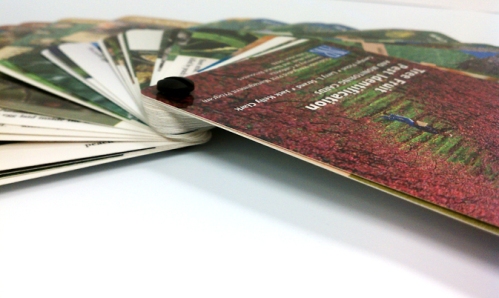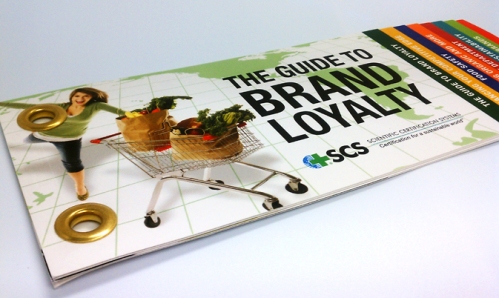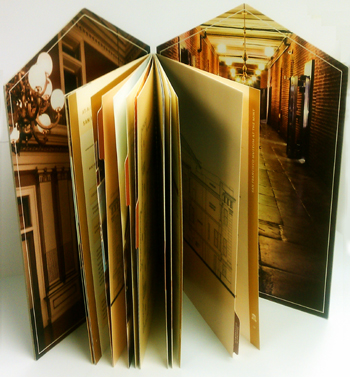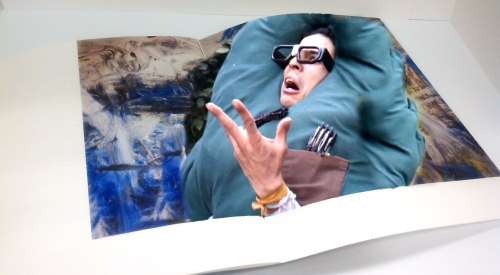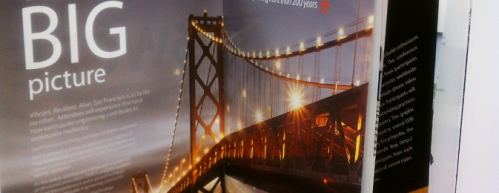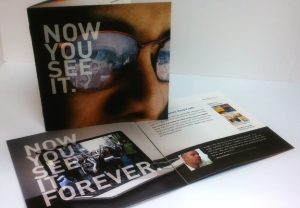By Winn Apple | Published August, 2013
The Red Coats are coming, the Red Coats are coming!
It’s reasonably argued that Paul Revere did not shout this infamous phrase, nor any other, while galloping through Boston in 1775. What is verifiable is that British Army was indeed referred to as Red Coats, for obvious reason. Color!
And color is what we are here to speak of today.
Alizarin, the first color to be synthetically reproduced, was used as a red dye for the English parliamentary “new model” army. The distinctive red color, invoking the reference Red Coat, would continue to be worn for centuries.
What spawned humans’ affinity with color? It’s not as though with the creation of life came tubes of Winsor & Newton’s Alizarin Crimson dangling from fertile tree branches like ripe fruit.
Not only did Alizarin Crimson not blossom out of thin air, ready to be plucked and slathered onto our cave walls, it wasn’t even derivative of a source one could readily see. Its lusty red is produced from a single compound extracted from the roots of a plant by the name of Rubia Tinctorum.
Humans’ first experiments with color weren’t so difficult a process to achieve as was the case with Alizarin. More than 32,000 years ago cavemen began to use color to decorate their cave walls, mark objects and possibly even the skin of their clan. There weren’t men in white coats boiling pots of roots and bark, extracting pigments. Nope. They preferred to keep things simple. Clumps of red and yellow earth – the color we now call Ochre – along with white chalk and soot from the fire pit were all the medium they required to produce their spectacular cave creations.
As time progressed, our process for attaining color became more complex. We didn’t simply grab a handful of clay and paint the town red. We desired richer, more distinct colors that required a bit of labor and ingenuity to achieve.
The Aztecs created a red using the female cochineal beetle. Talk about labor intensive! The color is derived from carminic acid with is released by the beetle to keep other predator insects away and must be extracted from the body and eggs of the lil critter. The Aztecs were so fond of cochineal red that they considered it more valuable than gold. Can’t imagine the beetle was too pleased about being so popular!
The Aztecs weren’t the only ones to go to extremes in order to colorize their world. The Romans had to crush four million mollusks to produce a single pound of their favorite royal purple.
The ancient Egyptians went to great lengths as well. They created many difficult to achieve colors from a variety of vegetables and minerals. The blue we now refer to as cobalt was created from blue glass ground into a fine powder. Ofcourse this required the initial step of creating the glass from sand and copper.
As a language, color has been also used to describe mood and establish authority…among other things.
Romans in high office would wear purple robes indicating power, nobility and thus authority.
The color black, regarded as grief, was a clear choice for Queen Victoria to communicate her sorrow over the death of her husband – a fashion choice which became quite iconic. We’ve certainly all heard the phrases, “I’m green with envy,” or “You’re yellow bellied,” or “I’m feeling blue”.
In addition to being a tool for artistic expression, color was commonly regarded to have healing properties. Multiple civilizations, including The Egyptian, Aztec and Chinese, created documents denoting specific colors as being treatments for various ailments. A 2000 year old Chinese chronicle, The Nei/ching, recorded color diagnoses within its lengthy text.
Today, we see an array of products, literature and therapy devoted to the belief that color effects health, mood and vitality; an ideology based on a theory that each color exists on different frequencies and vibrations. The appropriate color may allow our feelings and emotions to return to a balanced state. One of my favorite items I stumbled upon while researching color was a snappy pair of glasses designed to lift mood through color.
Interestingly, with all of this, anthropologists discovered that many languages contain only two color terms, one being equivalent to white and the other black. For the millions of colors that exist, nearly all have names borrowed on the examples of them, such as avocado, tan, peach and gold. English contains the highest number of unique naming at eleven; black, white, red, orange, yellow, green, blue, purple, pink, grey and brown.
With so many things volleying for our attention, we likely don’t realize our attention to color, but someone does! There are teams of marketing genius devoting time and study to color in an effort to determine what shade of fuchsia will be best received by their target audience. You can’t just go dropping in a bit of dye all willy-nilly and hope that folks will respond kindly to their tennis balls being colored a shade of pink or their masking tape green.
Achieving perfect color has been a long lived pursuit of man – and not an undertaking for the timid. Even for seasoned pressmen, color can go astray. There are numerous elements skulking in the dark shadows waiting to bungle the ink. The subtleties of some shades take an expert eye and steady hand to mix. It truly is an art.
Entire budgets can set aside for the designing and printing of items as seemingly simple as a company logo. Make no mistake; it takes a high level of skill.
When you’re ready to print, look to Bacchus Press. Our pressmen are experts in color!
If you enjoyed this article, get email updates (it’s free)

*Thanks to Artist & Craftsman Supply in Berkeley
www.artistcraftsman.com
About the Author
In addition to crafting content and blogs, Winn Apple writes short stories and novellas for middle-grade readers. You can find her short stories along with a portfolio on her site, MysticJunkyard.com or on her soon to release website, snugbuggle.com – the best darn place to find short stories for kids.



